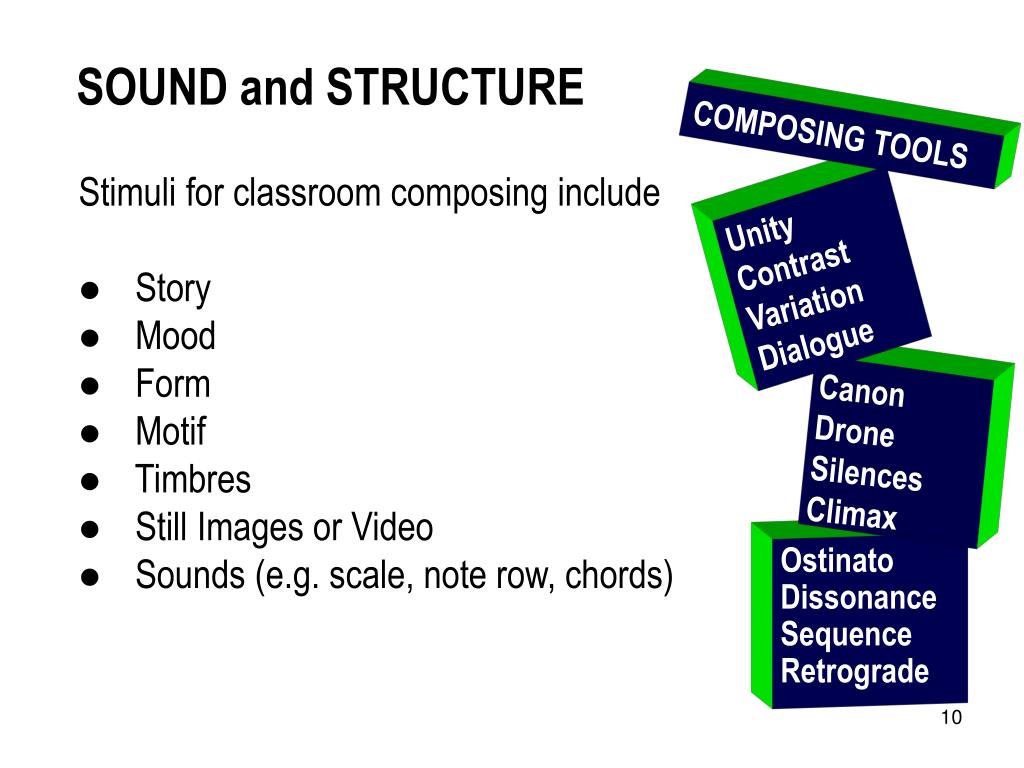
Changing one phoneme changes the meaning of a word for example, the words pat and bat are identical except for the initial sounds, which are therefore responsible for indicating the difference in meaning between the two words.

The idea goes back to Saussure (1916/1959), who argued that the role of sounds in language is to make contrasts among words: “Phonemes are characterized…simply by the fact that they are distinct” (p. Phonology begins with the study of which sounds are capable of making a meaningful difference between words, and organizing these sounds into distinct phonemes. However, not all of these phonetic sounds and distinctions do equal work in English, or in any language. If all else fails, they may need to use a resource like a person with a larger vocabulary to help.Increased phonetic sophistication has allowed us to distinguish a vast variety of phonetic sounds used in English. However, because there are multiple meanings for a word, the student must find the meaning that best suits the context. Does the student recognize the meaning of the word when they hear it? Resource: If the student is unable to identify the word, it is recommended they use reference materials such as a dictionary, glossary, thesaurus, or the Internet. Usually students will be able to read the word using context, structure, and sound. After sounding out the word, students should reread the sentence and consider how the word is being used. Sound: If the word has familiar word parts, students should try to pronounce the word using their knowledge of consonants and vowel sounds. The following questions help guide them: Does the word look like any other words you know? Can you break the word into parts? If the student cannot break it up into familiar word parts, they should move onto the next step, which is sound. Looking for familiar word parts that can help them understand the new word such as prefixes, roots, and suffixes should help them in decoding. Structure: If the student is unable to identify the word through context, they should next look at the parts of the word, or "structure". If the word cannot be identified by context, students will then move onto the next tool, structure. By looking for clues in the reading by establishing context they should be able to decipher to word. They should be thinking about the situation in which the word is being used, and may also need to skim the paragraph for additional clues. If the single sentence doesn't provide enough clues, the student should reread the sentence, and read sentences before and after the problem word.
#Context structure sound reference how to
Modeling the activity will help prevent student confusion and give them some ideas about how to effectively use their note catcher.Ĭontext: When students come to a word they don't know in a sentence, they should read to the end to see if the sentence defines the word. (or something I am confused by is)", "This reminds me of.

The teacher would say, "I think the main point is.", "This is the main point because.", "A question I have is. After reading the sample passage, the teacher would create a "Four Square" graphic organizer on the board and talk through the process of filling it out.

The teacher will then select a sample passage and model the process of reading the passage, collecting the notes (Main Point, Important Detail/ Fact, Point of confusion/ question, Analogy/Comparison) on the worksheet and sharing out ideas. First, the teacher will select a passage from a textbook in a content area they are working on and identify the main point, some facts that support what the main point is, some areas that students may be confused by and some ideas of connections students may be able to make.


 0 kommentar(er)
0 kommentar(er)
